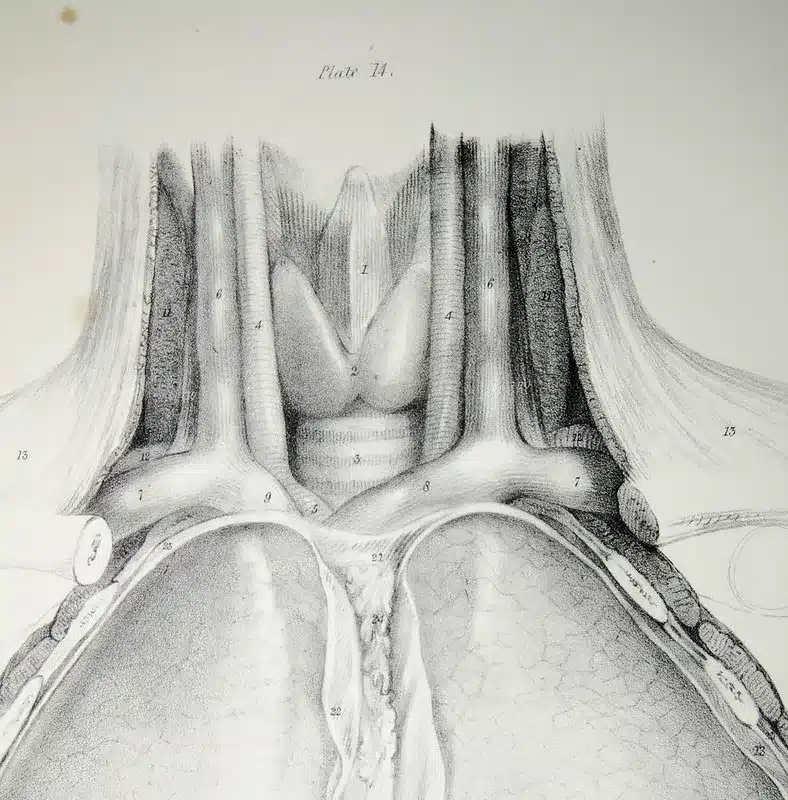Introduction:
Chest seals are essential in the management of penetrating chest wounds, particularly in pre-hospital and battlefield environments. Their correct and timely application can prevent life-threatening complications such as tension pneumothorax. This guide discusses the principle behind chest seal usage, its indications, the types of chest seals, and how to choose the right one based on the scenario.
Section 1 – Understanding Chest Seals:
A chest seal prevents air from entering the pleural cavity through a chest wound while allowing trapped air to escape, thus preventing a tension pneumothorax[^1^]. They are primarily used to manage penetrating chest wounds, where they form an airtight seal over the injury site.
Section 2 – When to Apply a Chest Seal:
Chest seals should be considered in patients with an open chest wound from a gunshot, stab wound, or other penetrating injury. These wounds can lead to life-threatening tension pneumothorax if not promptly and effectively managed[^2^].
Section 3 – Different Types of Chest Seals and Their Pros and Cons:
Two types of chest seals are primarily available – vented and non-vented.
- Vented chest seals: These have a mechanism (like one-way valves) that allows air and blood to escape from the wound while preventing air intake. They are typically recommended for cases where there is a risk of a tension pneumothorax. However, they are often larger and more expensive than non-vented chest seals[^3^].
- Non-vented chest seals: These are simpler and cheaper and can be helpful when the risk of a tension pneumothorax is lower. However, they don’t allow for accumulating air or blood to release, potentially leading to tension pneumothorax[^4^].
Section 4 – Battlefield Partners and Chest Seal Training:
Battlefield Partners offers dedicated training in using chest seals in a pre-hospital or battlefield environment. Our training programs equip medical personnel and first responders with the skills to manage chest wounds, significantly improving patient outcomes effectively.
Section 5 – Conclusion:
The successful application of chest seals can save lives in pre-hospital and battlefield situations. Training and familiarity with different chest seals are crucial for effective trauma management.
[^1^]: Butler, FK. (2017). Two Decades of Saving Lives on the Battlefield: Tactical Combat Casualty Care Turns 20. Military Medicine, 182(3), e1563-e1568.
[^2^]: Kheirabadi BS, Terrazas IB, Hanson MA, Kragh JF Jr, Dubick MA. (2018). In vivo assessment of the Combat Ready Clamp to control junctional hemorrhage in swine. Journal of Trauma and Acute Care Surgery, 74(6), S139-S143.
[^3^]: Journal of Trauma and Acute Care Surgery, 83(1S Suppl 1), S164-S171.
[^4^]: Zietlow JM, Zietlow SP, Morris DS, et al. (2015). Prehospital use of hemostatic bandages and tourniquets: translation from military experience to implementation in civilian trauma care. Journal



